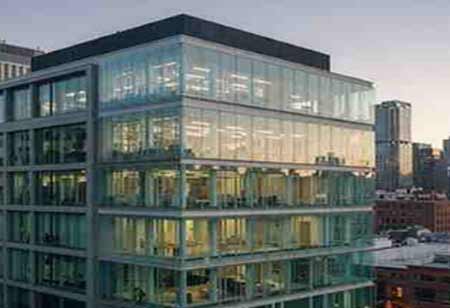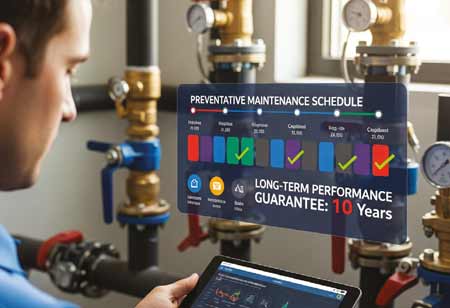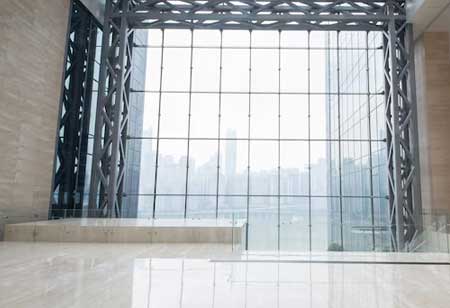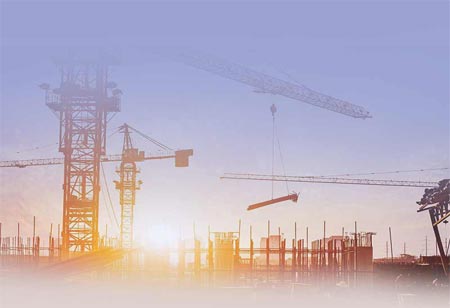Thank you for Subscribing to Construction Business Review Weekly Brief
Specials
- Apartment and Condominium Contractors Canada
- Decking Canada
- Architectural Glass Europe
- MEP APAC
- Construction Saudi Arabia
- German Apartment and Condominium Contractors
- Construction Law APAC
- Outdoor Construction
- Foundation Construction Canada
- MEP Canada
- Kitchen and Bath
- Cold Storage Construction APAC
- Precast Concrete Europe
- Construction Staffing Europe
- Pre-Construction Services
- Flooring System APAC
- Scaffolding Canada
- Swimming Pool Construction Canada
- Construction Management Canada
- Cold Storage Construction Canada
- Flooring Systems Europe
- Residential Construction
- Concrete Canada
- Construction Cladding Europe
- Construction Cladding APAC
- Concretes, Aggregates and Construction Materials APAC
- Concretes, Aggregates and Construction Materials Europe
- Commercial Contractors Europe
- Commercial Contractors APAC
- Dummy
- Construction Insulation, Coating and Waterproofing
- Construction Management APAC
- Landscaping Canada
- Construction Coating Europe
- Construction Tech Startups Europe
- Insulation Services Europe
- Mechanical Contractor Canada
- Mould Remediation and Testing Europe
- Swimming Pool Construction APAC
- Building Sealing Solutions Europe
- Construction Engineering Services
- Mechanical Electrical and Plumbing
- Roofing Systems Europe
- Architectural Glass APAC
- Startups APAC
- Construction Forensic and Owners Representative
- Flooring System
- Waterproofing APAC
- Wall Systems
- Safety and Compliance Europe
- Construction Bidding and Auctions
- Modular and Prefab Construction
- Architectural Glass
- Construction MENA
- Construction Demolition and Recycling Europe
- Modular Construction Europe
- Construction Interiors
- Steel Building APAC
- HVAC
- Doors and windows
- Construction Latam
- Building Information Modeling APAC
- Sustainable Construction APAC
- Building Restoration and Maintenance
- Commercial Contractors
- Specialty Construction
- Construction Engineering Canada
- Construction Engineering MENA
- Modular Construction Canada
- Modular Construction APAC
- Roofing and Siding Systems
- Workforce Management and Staffing
- Roofing Systems APAC
- Construction Consulting
- Steel Building Europe
- Construction Demolition and Recycling APAC
- Safety and Compliance APAC
- Concretes, Aggregates and Construction Materials
- Construction Cladding
Forging the Future of Fire-Rated Glass Systems
The fire-rated glass systems industry is evolving, balancing stringent safety regulations with the growing demand for aesthetically pleasing and functional design elements in modern architecture.

By
Construction Business Review | Wednesday, April 09, 2025
Stay ahead of the industry with exclusive feature stories on the top companies, expert insights and the latest news delivered straight to your inbox. Subscribe today.
The fire-rated glass systems industry is evolving, balancing stringent safety regulations with the growing demand for aesthetically pleasing and functional design elements in modern architecture. Once seen primarily as a safety feature, fire-rated glass has become an essential component in the broader trend toward more transparent, open, and adaptable building designs. As the industry develops, key trends, challenges, and opportunities are shaping its future, offering valuable insights for manufacturers, architects, and stakeholders alike.
Market Trends and the Drive for Innovation
The world market for fire-rated glass is on the growth path due to a number of factors. For starters, there is increasing awareness of fire safety standards in buildings. As cities and nations put in place more stringent fire protection measures, demand for fire-rated glass systems for both domestic and commercial buildings continues to rise. The trend is especially common for high-rise buildings, hospitals, schools, and public facilities, where safety is of the topmost concern.
Architects are also pushing the boundaries of design, seeking materials that combine safety with style. Glass, traditionally associated with transparency and openness, is now being integrated into fire-rated systems without compromising safety or the aesthetic look of a building. The demand for fire-rated glass that allows natural light to penetrate spaces while maintaining fire resistance is leading manufacturers to innovate. Companies are developing glass systems that offer high levels of light transmission and clarity while withstanding extreme temperatures. As a result, fire-rated glass is becoming an essential element in modern architectural design, contributing to the open, airy feel of contemporary buildings without sacrificing safety.
The development of the market is also significantly influenced by technological improvements. New fire-rated glass products now feature cutting-edge materials and coatings that improve performance and durability. Intumescent coatings, which expand in response to heat and form a protective barrier, are being utilized more frequently, offering higher fire resistance ratings. Some products are incorporating advanced thermal insulation technologies, helping buildings meet increasingly stringent energy efficiency standards. These advancements are opening the door for fire-rated glass systems, which offer better insulation and soundproofing in addition to fire protection.
Overcoming Challenges in Fire-Rated Glass Manufacturing
The fire-rated glass sector faces persistent challenges, particularly the high cost of specialized systems. The advanced manufacturing processes required—such as incorporating intumescent coatings, high-performance glass, and fire-resistant layers—significantly increase production costs. This can make fire-rated glass systems prohibitively expensive, especially in price-sensitive markets. Manufacturers are working on cost reduction through technological advancements, such as automation and efficient production methods while exploring more affordable materials. However, balancing cost with the high performance and durability required for fire-rated products remains a delicate challenge.
The complexity of fire safety regulations varies considerably across different regions. These discrepancies can create difficulties for manufacturers in ensuring that their products meet diverse standards, leading to delays, additional costs, and the need for tailored solutions for each market. To overcome these challenges, companies are developing versatile fire-rated glass systems that can meet multiple regulatory requirements, thereby easing the process of market entry and minimizing compliance-related delays.
The physical characteristics of fire-rated glass also complicate its use in construction. These systems are often heavier and more complex to install than traditional glazing, creating installation challenges, especially in retrofit projects. Manufacturers are creating lighter, more user-friendly systems that maintain fire resistance without sacrificing performance. Innovations in framing and installation techniques are also helping to streamline the installation process, making fire-rated glass more accessible and cost-effective for various construction projects.
Seizing Opportunities in a Growing Market
One of the most significant opportunities lies in the growing demand for fire-rated glass in emerging markets. As cities to grow and urbanize, the need for fire protection in new buildings is becoming more urgent. Fire-rated glass systems offer an excellent solution for these rapidly developing regions, where building safety standards are evolving to match international best practices. Manufacturers who can meet the demand for cost-effective, high-performance, fire-rated glass in these regions stand to benefit from a burgeoning market.
The focus on energy efficiency and sustainability in building design presents another significant potential. As global building codes continue to tighten around energy consumption and environmental impact, fire-rated glass systems that contribute to improved thermal insulation are in high demand. Fire-rated glass with enhanced insulation properties not only meets fire safety standards but also helps buildings achieve energy efficiency goals. By creating products that offer environmental advantages in addition to fire safety, manufacturers may take advantage of this and follow the growing trend toward green building certification systems.
The integration of fire-rated glass in smart building technology presents another promising opportunity. As buildings become more connected and automated, the need for materials that can support smart systems while maintaining safety is increasing. Fire-rated glass systems that incorporate sensors or other intelligent features to monitor temperature, smoke, or fire can provide an added layer of safety and convenience for building occupants. Companies that are quick to embrace the intersection of fire safety and smart technology will likely find themselves at the forefront of this next wave of innovation.





